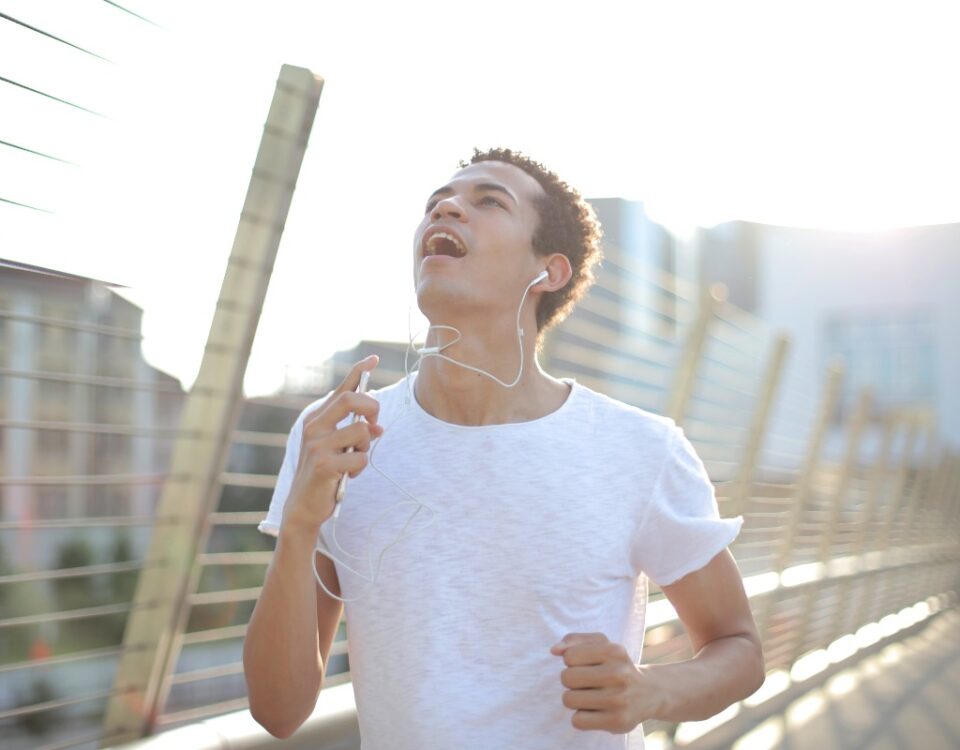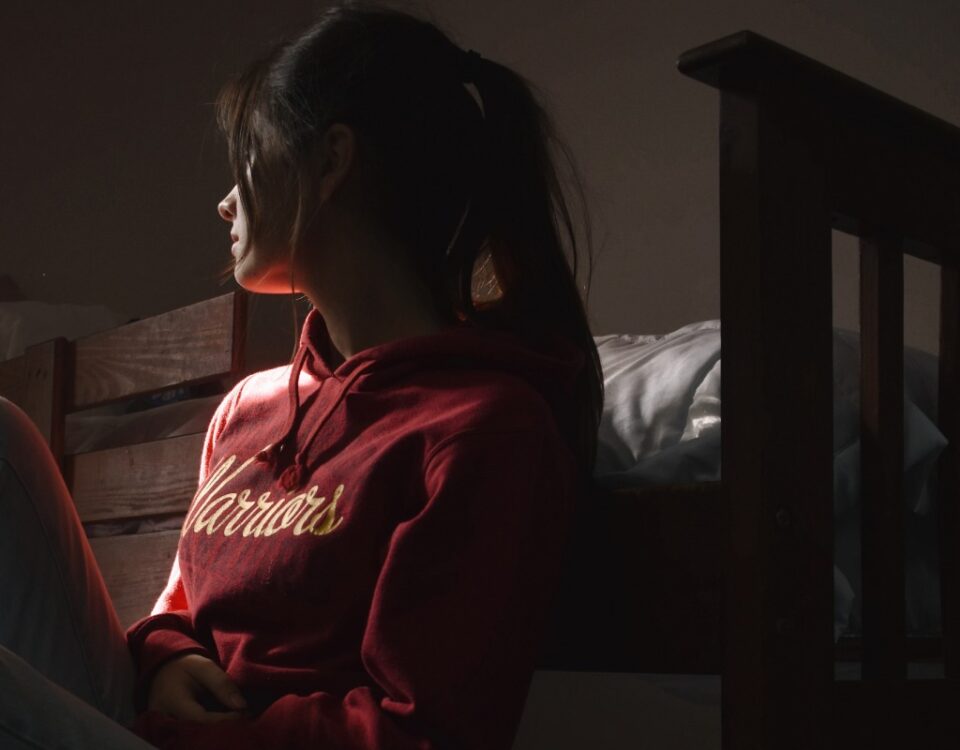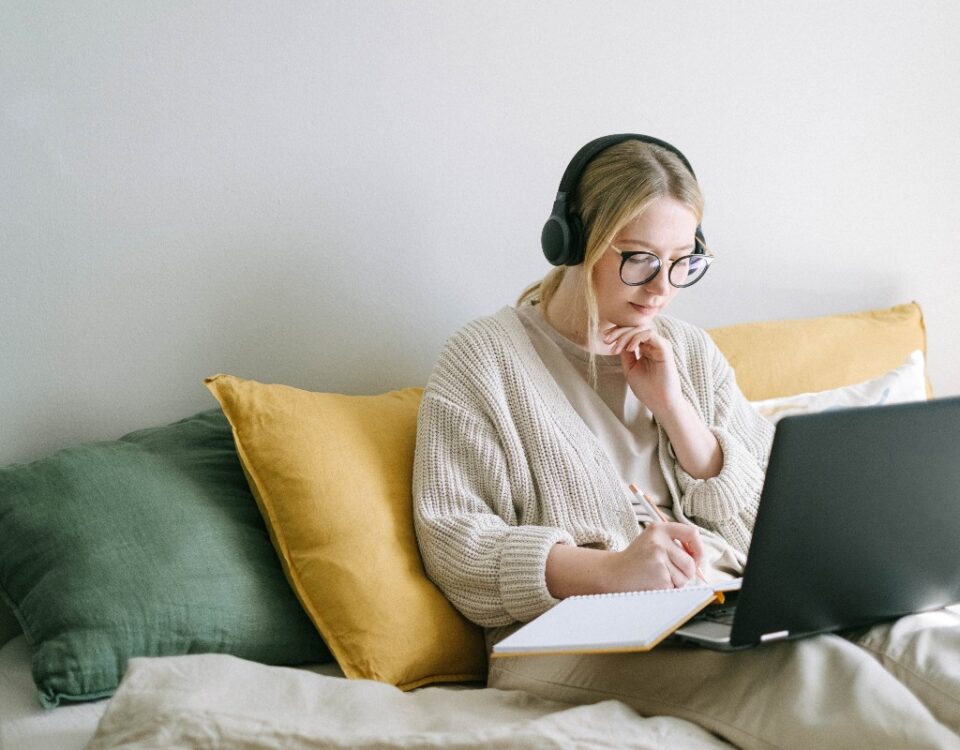
Grief and Recovery: Why Saying Goodbye to Your Addiction Is Healthy
January 27, 2020
This Negative Emotion Triggers Addictive Behavior More Than Any Other, Researchers Say
February 5, 2020We are hard-wired to react to stress. It’s in our DNA, and whether we like it or not, this “fight or flight” response protects us. Unfortunately, there is a flip side to this response that can lead to anxiety. When stressors, like work, bills, and children, are always present, and you constantly feel under attack, that fight-or-flight switch stays activated. The repeated stimulation of the stress-response and the overexposure to cortisol and other stress hormones that follow can disrupt almost all your body’s processes. This disruption increases your risk of many health problems, including anxiety and depression (Mayo Clinic).
Counseling, medication, and on-going support are the treatment methods most recommended by healthcare professionals for people suffering from mental health disorders. However, researchers are looking to smart technology as another tool to help manage the symptoms of anxiety. More specifically, technology that employs the benefits of bilateral alternating stimulation therapy or BLAST and brainwave entrainment.
What is BLAST?
First, what is BLAST, and how can it help anxiety? There are specific networks and regions of the brain that mediate the stress response. These areas can be modulated through different forms of rhythmic stimulation, in particular, through smart wearable devices for self-directed bilateral alternating stimulation therapy. One wearable device harnessing the BLAST method is called TouchPoints. The wearable is a pair of watch-like looking devices that provide bilateral alternating stimulation to reduce stress by giving the user a gentle, haptic micro-vibrations. These devices claim to switch off the body’s stress response in the brain within 30 seconds, creating new neural pathways to help de-stress. This method is also believed to help relieve the associated body sensations that often follow stress, such as headaches, stomachaches, or tightness in the chest (TouchPoints).
What Research Says About BLAST
A research team conducted a study utilizing TouchPoint’s app, and the results were published in The Journal of Biotechnology and Biomedical Science (JBBS), 2018. The study revealed, “The application of bilateral alternating stimulation in tactile form technology, a non-invasive, somatosensory-based method, has been shown to modulate the electrical activity of brain networks that mediate the stress response. This application resulted in a stress-reducing effect in individuals with high reported levels of anxiety, such as post-traumatic stress disorder.”
The study utilized archival data from a group of subjects that used BLAST through the Touchpoints app. The subjects all had high self-reported levels of stress and anxiety and entered their levels of emotional and bodily stress into the app based on a scale of 0 (no stress/distress) to 10 (worst stress/distress of one’s life). They entered their levels both before and after the application of Touchpoints. Results showed a “statistically significant reduction in the levels of both emotional stress and bodily distress, 62.26%, and 50.502%, respectively, after 30 seconds of BLAST technology was applied (JBBS, 2018).” The study also reported, “recent work examining EEG changes after BLAST technology is applied suggests that BLAST may reduce sympathetic activation by reducing the electrical activity of key areas of the salience network. Further work will more precisely characterize the effects of BLAST, its potential clinical uses, and the mechanisms of actions behind it’s apparent stress-reducing effects (JBBS).”
Braintap
Another smart technology product designed to relieve the symptoms of stress and anxiety is the Braintap meditation app and headset. The program was developed by Dr. Patrick Porter, who created the sound therapy technique based on his father’s experience at an AA meeting. Porter’s father was an alcoholic who suffered from significant anxiety and in one of many desperate attempts to relieve his stress and overcome his addiction, he attended an AA-sponsored relaxation seminar.
Porter’s father learned specific techniques during the workshop that helped him significantly – so much so that he taught the method to his children. Porter utilized the basis of these techniques along with light therapy, neuro-linguistic programming, and binaural beats to create brainwave entrainment. Brainwave entrainment is the synchronization of brainwaves to a specialized sound. The meditation app offers guided visualizations and music developed to improve mood, memory, and sleep. According to Porter’s website, “Braintap is a tool designed to help people achieve balanced brainwave states that enhance the production of all the necessary neurotransmitters needed for optimal function of body and mind.”
Is Smart Technology Helpful in Treating Anxiety?
To answer this question, we need to ask – “Do these methods really work?” It depends on who you ask. Reviews for both products have different responses ranging from high praise to total doubt. Touchpoints wearable does offer some validity based on initial research of BLAST. And apps like Braintap and others do have their place in the wellness space as meditation is backed by research. And depending upon your stress levels, both of these smart technologies could be used as a compliment to traditional therapy and treatment. However, with the use of any product to help with the symptoms of mental health disorders like anxiety, it’s best to consult with your current healthcare provider or therapist to see if these products are right for you and your situation.
Taking the necessary steps to better mental health and wellness starts with the right tools and support. The Kimberly Center understands the needs of those dealing with mental health issues such as anxiety and depression and substance use disorders. When treating co-occurring disorders, it’s important to help the individual find ways to combat depressive or anxious feelings without relying on substances. Our professionally trained staff teaches clients holistic methods of addiction and mental health management through healthy diet, exercise, ongoing therapeutic support and mindfulness. If you or your loved one is struggling with addiction and co-occurring disorders, please reach out to us at The Kimberly Center at 855-452-3683. During active addiction, the light is very dim. We want to help bring those suffering in the darkness into the light.




